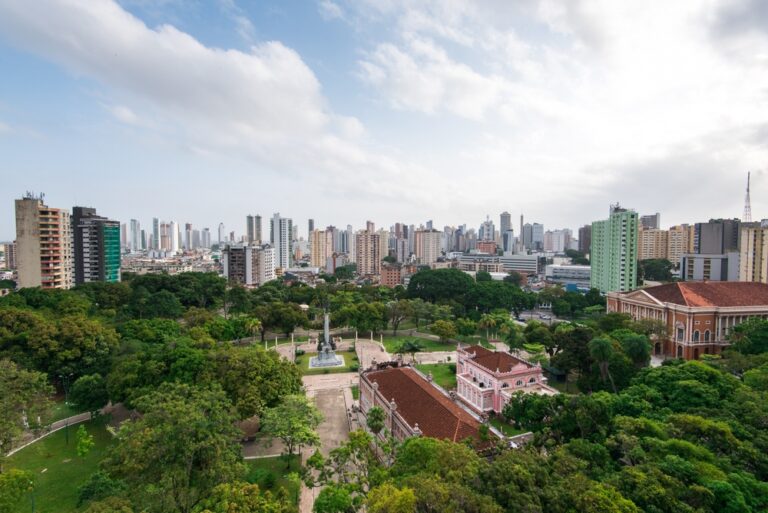Delivering an integrated climate finance agenda in support of the Baku to Belém Roadmap to 1.3T

Downloads
Fourth Report of the Independent High-Level Expert Group on Climate Finance
This report sets out a comprehensive and feasible pathway to mobilise US$1.3 trillion per year in external finance by 2035 for developing countries other than China, in support of a total investment requirement of US$3.2 trillion per year by 2035 to meet climate and development goals, in particular the Paris Agreement. Prepared by the Independent High-Level Expert Group on Climate Finance (IHLEG) at the request of the COP29 and COP30 Presidencies, it provides an analytical foundation for the Baku to Belém Roadmap to 1.3T.
The report finds that there is an entirely feasible path to mobilising US$1.3 trillion by 2035 from external sources of public and private finance to boost economic development and climate action in developing countries other than China.
The US$3.2 trillion per year by 2035 consists of investment across five interconnected action areas that together define the global climate action agenda, as part of an overall strategy for sustainable development and poverty reduction:
- Clean energy transition (US$2.05 trillion): scaling up renewables and other low-emissions power, grids, storage and fuels.
- Adaptation and resilience (US$400 billion): strengthening infrastructure, agriculture and health systems to withstand climate shocks.
- Loss and damage (US$350 billion): addressing unavoidable climate impacts and recovery needs.
- Natural capital (US$350 billion): conserving forests, soils, water systems and biodiversity.
- Just transition (US$50 billion): ensuring that climate action creates fair opportunities for workers and communities.
The report finds that around 60% of this US$3.2 trillion could be financed internally, thus US$1.3 trillion in external finance will be required each year. Roughly half of the US$1.3 trillion could come from private sources, with the remainder from multilateral, bilateral and concessional flows.
Achieving the $1.3 trillion target would represent a sevenfold increase on current levels of around US$190 billion in 2022. This might seem ambitious, but, the report finds, it is feasible and what is needed for delivery on the goals of the Paris Agreement. Failure to achieve these goals would put the world in a dangerous place and potentially undermine and reverse development.
To deliver on this programme, the authors propose a three-pillar strategy:
- Invest and transform: harness technology and capital to drive low-carbon, resilient and inclusive growth, and the structural and systemic transformation required.
- Build domestic foundations: expand fiscal space, tackle debt constraints, and mobilise domestic resources, anchored in country-led strategies and platforms that foster investment and align priorities with implementation capacity.
- Scale up external finance: expand private investment, make multilateral and development finance institutions bigger, bolder and better, and increase concessional and innovative sources of capital – through official bilateral finance, South–South cooperation, carbon markets, Special Drawing Rights (SDRs), solidarity levies, debt swaps, innovative blended finance, and philanthropy.
The authors identify eight overarching and mutually supporting priorities for policymakers:
- A strategic and managed transition, with engagement and coordination by Finance Ministers and leadership from the top of government.
- Country-led investment strategies and platforms as the cornerstone of a positive environment for investment, including coordination and accountability.
- Debt and fiscal reform to enhance investment capacity and strengthen domestic resource mobilisation.
- A coherent development-finance system, with multi-lateral development banks (MDBs), development finance institutions (DFIs), Vertical Climate and Environmental Funds (VCEFs) and national development banks (NDBs) operating as a unified and coherent ecosystem.
- Private finance at scale, driven by private sector entrepreneurship and emerging new solutions for de-risking and reducing the cost of capital, and enhanced by public–private partnerships.
- Reinvigorated official and South–South finance, strengthening solidarity and shared learning.
- Innovative and predictable concessional flows, drawing on carbon markets, SDRs, levies, philanthropy and innovative blended finance.
- Collaboration and shared purpose across governments, institutions and civil society.

